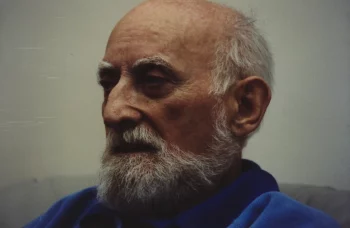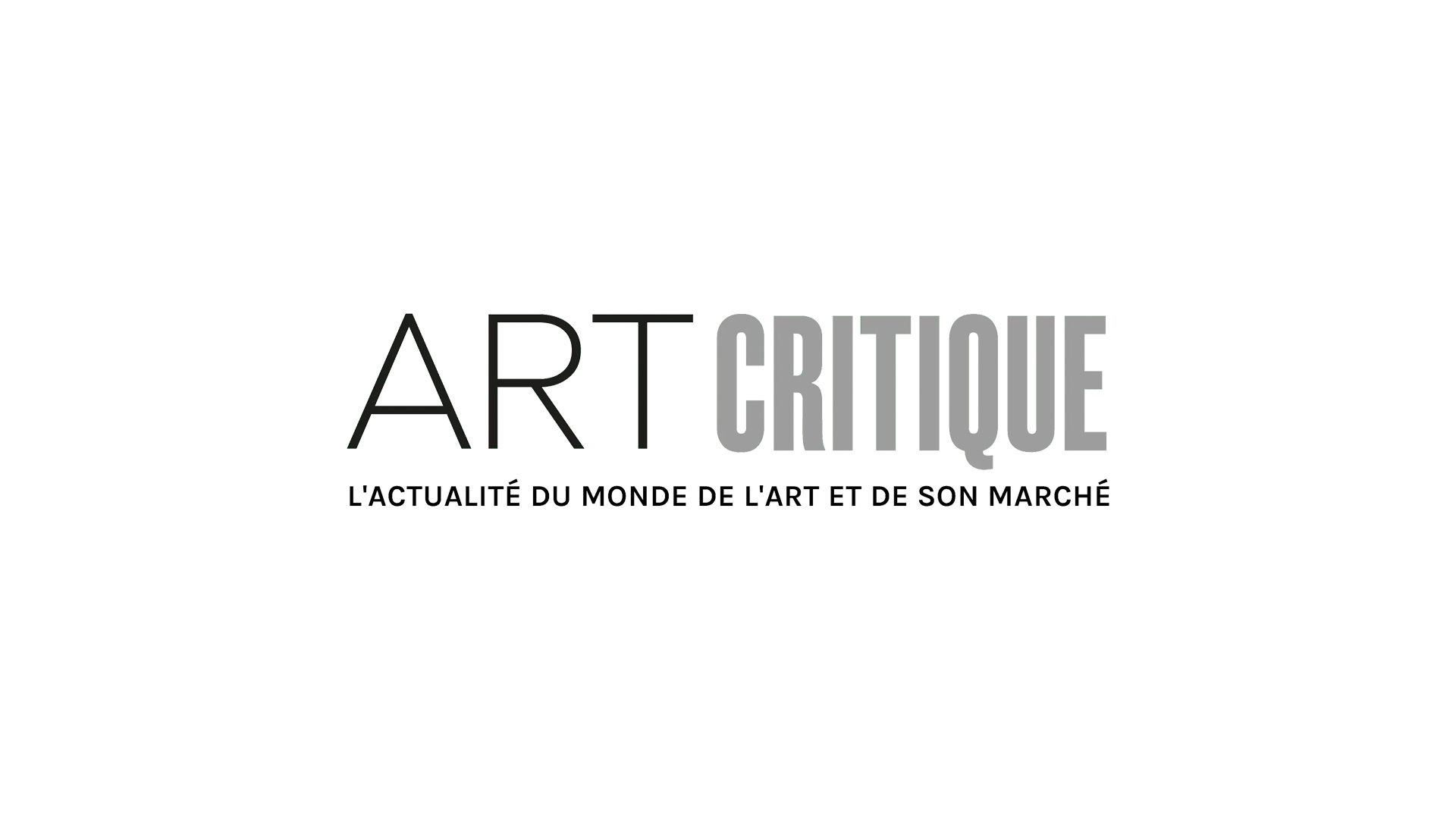An unusual painting of a gloomy Vincent van Gogh has been deemed to be an authentic self-portrait made by the artist. After decades of speculation, the Van Gogh Museum in Amsterdam announced yesterday that the painting was ‘unmistakably’ created by van Gogh, himself. It is now the only known work by Van Gogh to be painted while he was suffering from psychosis.
The 1889 painting has long-since been a part of the Nasjonalmuseet collection in Oslo but beginning in the 1970s, doubt was cast on the provenance, and thus, the artist, of the painting. Purchased by the Norwegian museum in 1910, it was the first self-portrait by Van Gogh acquired by the museum. Its colour, largely unlike most of Van Gogh’s other known works, the techniques used to create the portrait, and its spotty provenance prior to entering the Nasjonalmuseet’s stores, fueled speculation over its authenticity.

The Nasjonalmuseet underwent their own inquiry into the history of the painting in 2006 and found that it was once in the possession of Joseph and Marie Gioux, friends of Van Gogh. Unfortunately, it was unclear, still, how the painting ended up in Gioux’s hands. So, in 2014, at the request of the Nasjonalmuseet, the Van Gogh Museum began a concerted effort to figure out the story of the 1889 painting but warned the Nasjonalmuseet that the results might not be what they want to hear.
Research by a body of experts into various aspects of the painting, including its materials, techniques, and provenance, led to the Van Gogh museum deciding that the work is, without a shadow of a doubt, by Van Gogh. One of the most exciting discoveries was a letter, written by the artist to his brother, Theo, on September 20, 1889, in which Van Gogh discusses the very painting. At that time, Van Gogh had admitted himself in an asylum due to deteriorating mental health. He stayed there for about a month and a half and in his letter to Theo describes a self-portrait that was an ‘attempt from when [he] was ill.’ According to Louis van Tilborgh, one of the Van Gogh Museum’s senior researchers as well as an art historian at the University of Amsterdam, Van Gogh ‘probably painted this portrait to reconcile himself with what he saw in the mirror: a person he did not wish to be, yet was.’ The work thus reflects Van Gogh’s feelings of hollowness and offers a glimpse into the artist’s life while suffering from psychosis.
‘This is not the best picture that Van Gogh made but I have grown quite fond of it,’ continued van Tilborgh. ‘He says later on somewhere that his paintings were sometimes a cry of anguish. Well, this is a cry of anguish. It belongs to a small group of pictures that show something of his mental health problem and how he dealt with it, or tried to deal with it.’
For the Nasjonalmuseet, the results were exactly what they hoped to find and put to rest concerns over the painting while having shed light onto the story behind Van Gogh’s melancholic self-portrait. Although it shows the beloved artist at a difficult time in his life, it adds insight and breadth to his oeuvre for generations to come.





